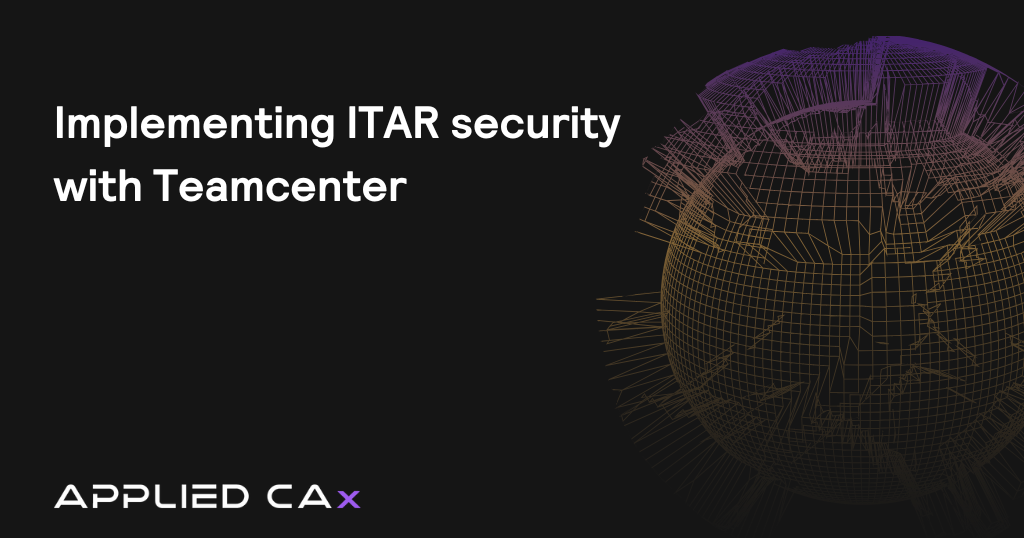 Without a PLM software maintenance contract, you may have difficulty upgrading every few years. By renewing your yearly maintenance agreement, you avoid costly upgrade fees and the need to repurchase software, thereby averting disruptive technology changes. But most importantly, yearly renewal ensures that your engineers have the best tools available to do their jobs.
Without a PLM software maintenance contract, you may have difficulty upgrading every few years. By renewing your yearly maintenance agreement, you avoid costly upgrade fees and the need to repurchase software, thereby averting disruptive technology changes. But most importantly, yearly renewal ensures that your engineers have the best tools available to do their jobs.
Major Software Releases with New Features and Functions
New software releases provide the latest tools and technology to improve your development process. Every major release includes significant new features and corrections for software errors found in earlier releases. Major releases can include significant changes in data architecture to take advantage of new technology and technical enhancements.
Point Software Releases with Limited New Features
Point releases, made available as needed between major releases, provide you with timely corrections for software bugs plus technical enhancements to existing features and sometimes new features. Point releases do not include changes in data architecture. We normally only offer this for the current release and previous major releases.
Return on investment
Here are three reasons to obtain your software maintenance contract:
1. No more software upgrades
Once you cancel your maintenance contract, your organization will be ineligible for automatic upgrades. Software vendors spend significant sums of money on R&D to improve their software functionality incorporating leading practices and processes from their client bases, so there may be opportunity costs and lost business benefits associated with canceling your maintenance. The importance of software maintenance
2. Your business operations become frozen in time
Because upgrades and support stop when the maintenance contract is canceled, it becomes very unlikely that you will change the system to keep up with the evolution of your organization. As a result, your business needs are likely to become misaligned with the functionality of the software. This misalignment may accelerate the need to completely replace your software system, which can be substantially more costly than the savings from reducing annual maintenance.
3. Proliferation of workarounds outside the system
Because of the first two reasons, and the lack of professional support, users are more likely to become frustrated with the system and start adopting their own business processes and workarounds outside the software system. This can decrease team satisfaction with the system and undermine business benefits. Companies generally make significant investments in enterprise software implementations to take steps forward, so regressing backwards can damage your overall return on investment.








